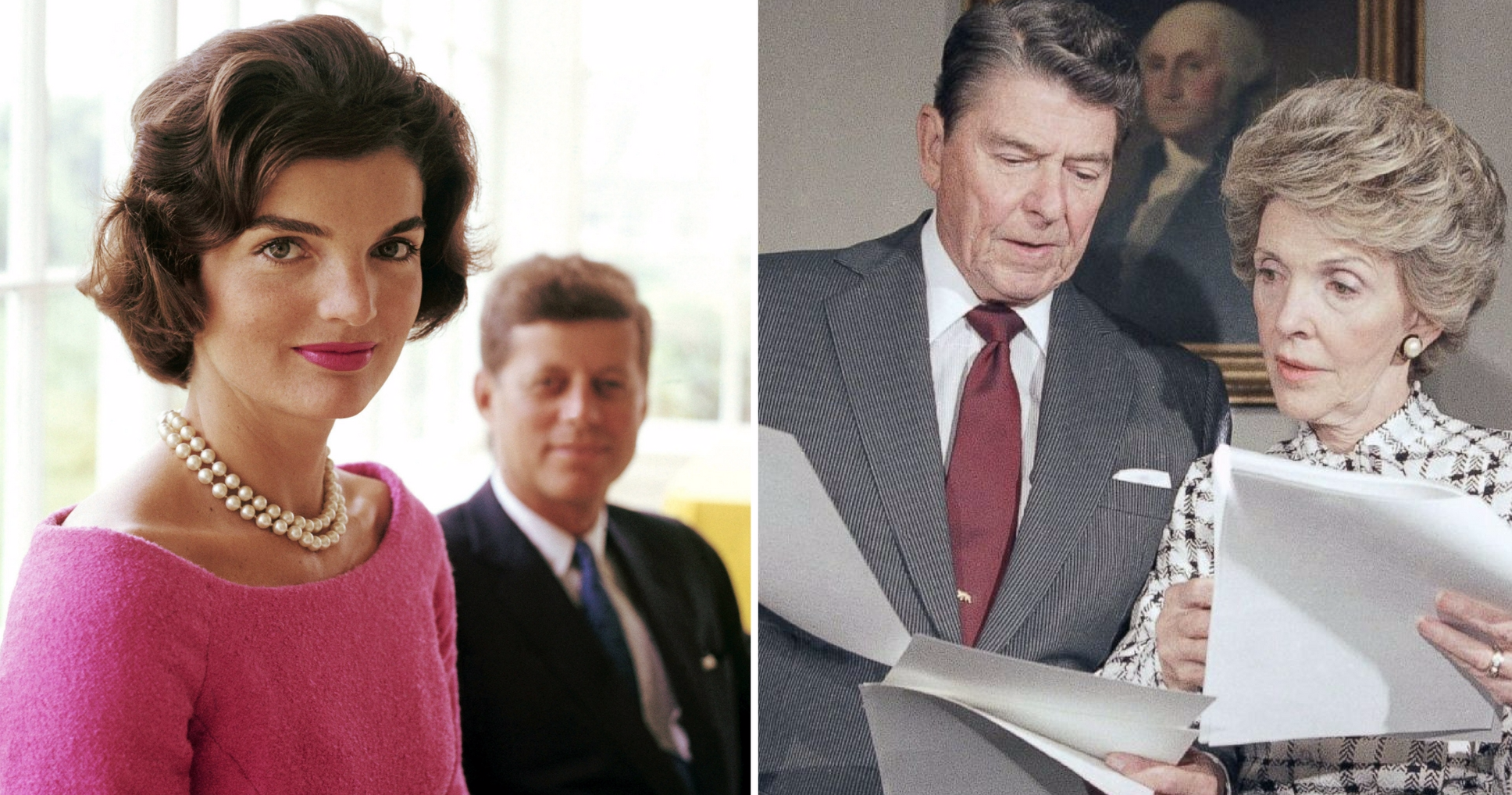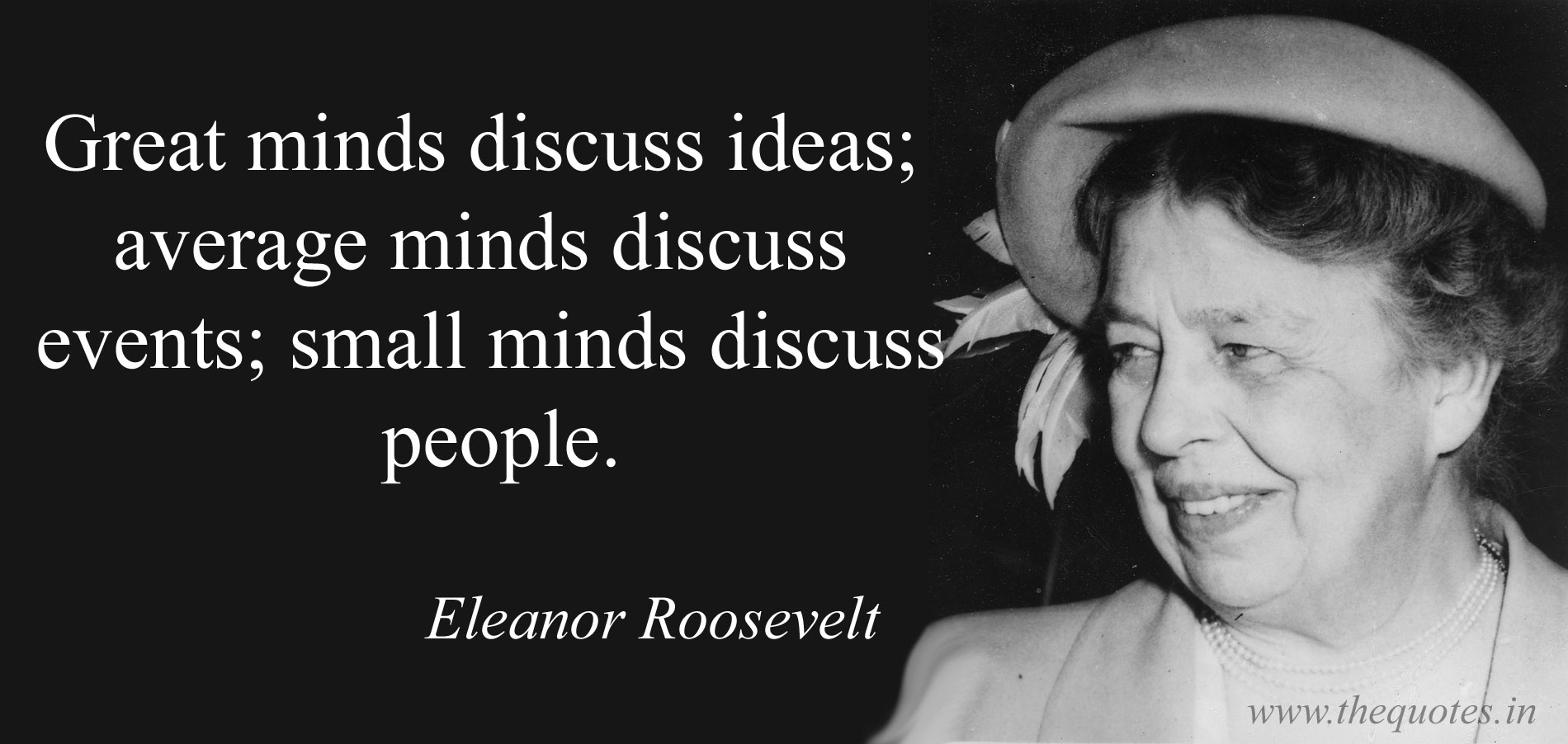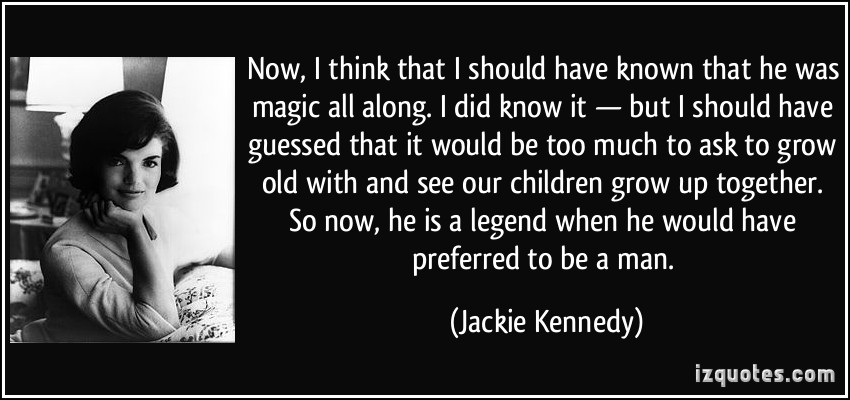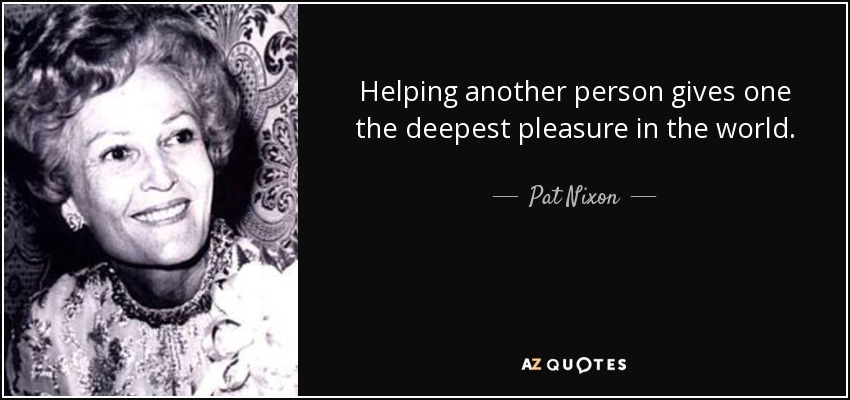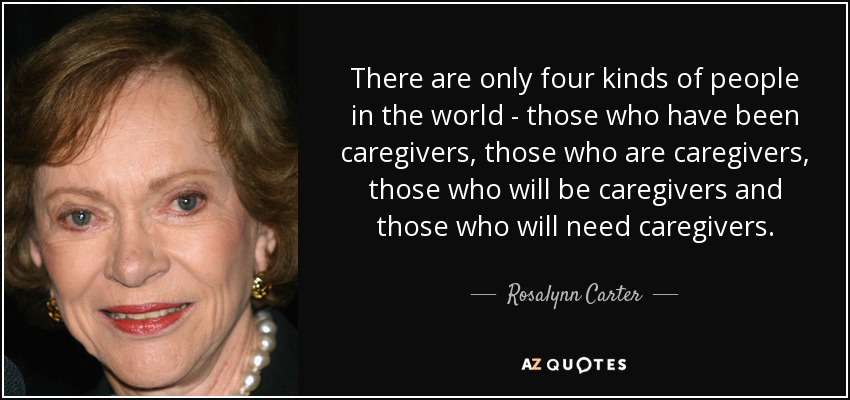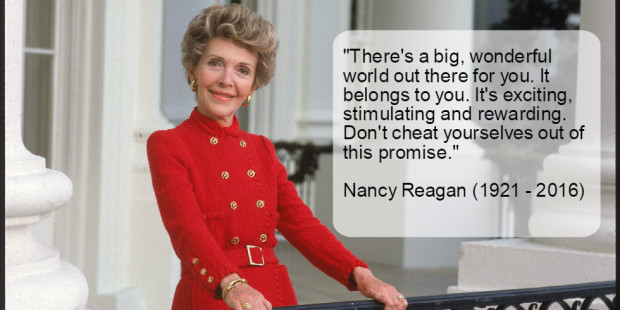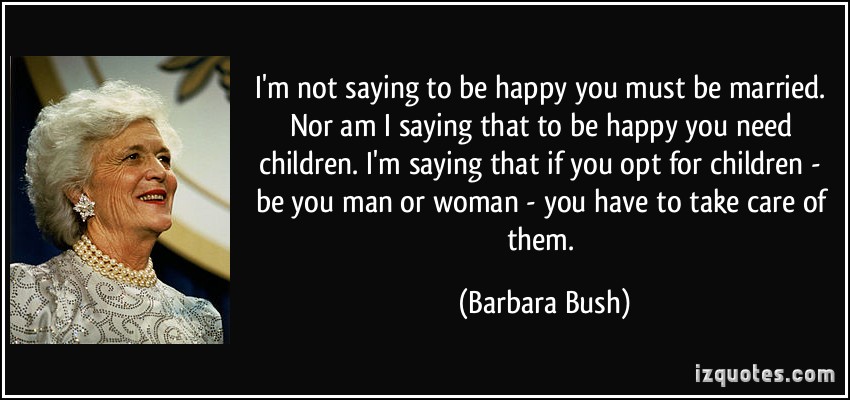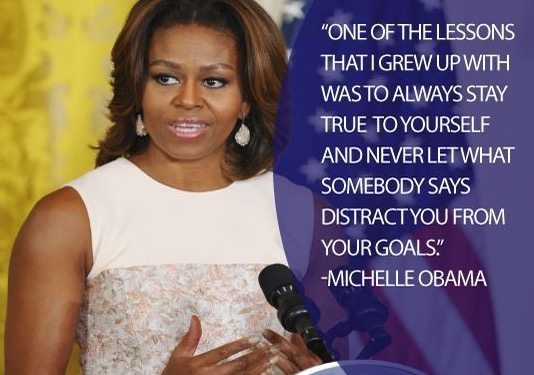When a country gets a new president they also gain a new first lady. If history has shown us anything, it's that the first lady who has a vital role in the White House.
In recent years, first ladies have used their influence to champion important causes such as drug use, health awareness and focusing efforts on eliminating illiteracy. They weren't always calling for social change, however.
In the early 19th century, they were expected to be docile and be prepared to entertain guests and be good wives to the President of the United States. Their main role was to serve as hostess for private functions and social gatherings at the White House.
Eleanor Roosevelt, first lady 1933-1945
Eleanor served as first last for the longest tenure than any other first lady. Her husband, Franklin D. Roosevelt served as President for 3+ terms.
While first lady, she helped serve as assistant secretary of the Navy and was an active participant in the State Democratic Committee. She was known for her strong views on unemployment, women's right to work, and the rights of visible minorities.
As the first lady, she paved the way for her successors to be a proponents of change.
Jackie Kennedy, first lady 1961-1963
As one of our nation's most beloved first ladies, Jackie Kennedy was known for her grace and impeccable style. As first lady, she helped to bring an unprecedented level of art and culture into the White House.
It wasn't until her husband's assassination that the world saw her true strength and perseverance.
Pat Nixon, first lady 1969-1974
Thelma Catherine, also known as Pat, experienced a rough childhood. Both her parents died by the time she was 18. That didn't stop her from attending college and becoming a teacher. This is where she met her husband, Richard.
As first lady, Pat was a proponent of volunteerism and a supporter of the arts. She helped add more than 600 paintings and antiques to the White House and commissioned musical performances in a variety of genres including opera and bluegrass.
Continue to the next page to see the impact of Nancy Reagan, Barbara Bush and Michelle Obama.
It wasn't until the mid-19th century that the first lady's duties extended into political activism.
Since the 1960s, in the Kennedy era, first ladies were thurst into the limelight and exposed to public scrutiny.
First ladies then were able to take on the role of advocating for the social issues that they believed in.
Rosalynn Carter, first lady 1977-1981
Growing up in a small town in Georgia, her father died when she was young which meant she had to help support her family and her mother.
After becoming first lady, he began advocating for better care for the mentally ill. During Jimmy Carter's presidency, she was appointed honorary chair of the President's Commission on Mental Health. During this time, she helped push through legislation that improved facilities for the mentally ill.
Nancy Reagan, first lady 1981-1989
Nancy Reagan started out as an actress and when she met Ronald Reagan she never imagined a political life for the two of them. As first lady, she helped to create the Just Say No anti-drug campaign that helped to greatly reduced drug use during the mid-1980s.
Barbara Bush, first lady 1989-1993
Barbara was a huge asset to her husband, George H.W. Bush in the presidential campaigns. She was a powerful advocate for AIDS care and prevention as well as support for the elderly and homeless.
As first lady, she helped to establish the National Literacy Act in 1991, which provided national standards for basic rights to reading skills.
Michelle Obama, first lady 2009-2017
Coming from Chicago, where she met her husband Barack Obama, she started her career as a lawyer. She worked at Chicago's City Hall and was an associate dean at the University of Chicago.
She has been a strong supporter of children and especially women. In 2010, she started the initiatives Let's Move! to help fight obesity and in 2015 she launched Let Girls Learn to help girls go to and stay in school.
Source: Yahoo /
